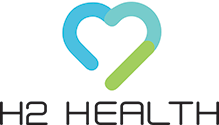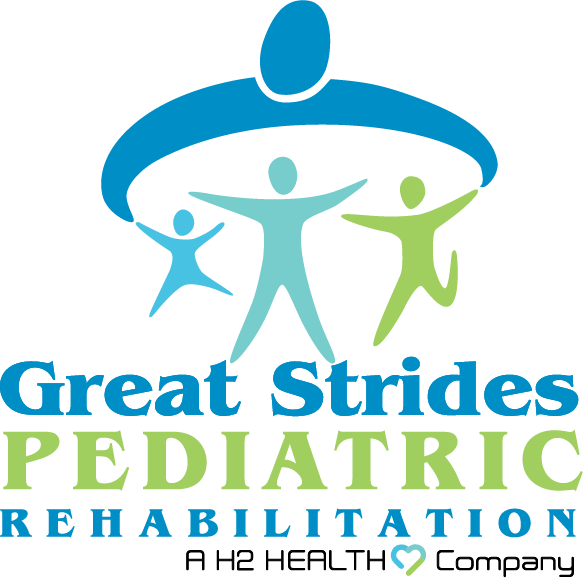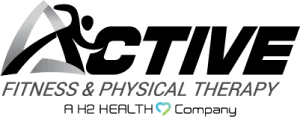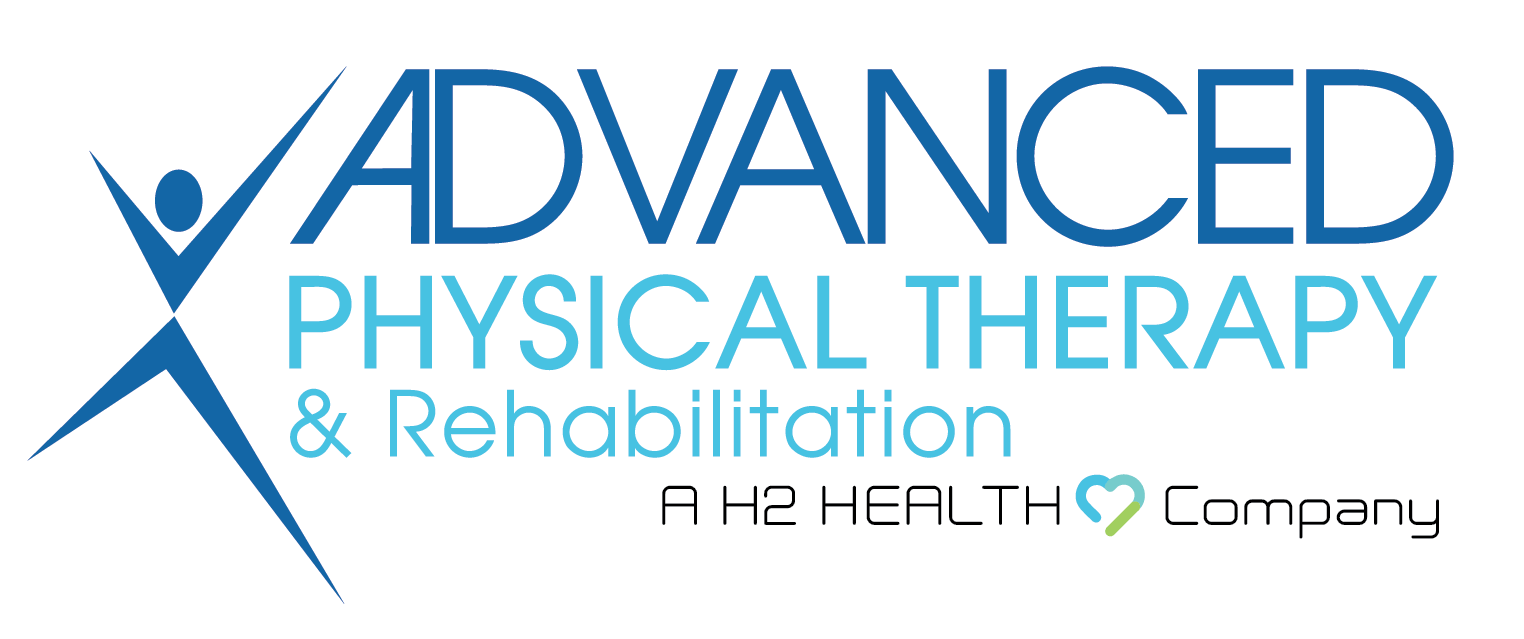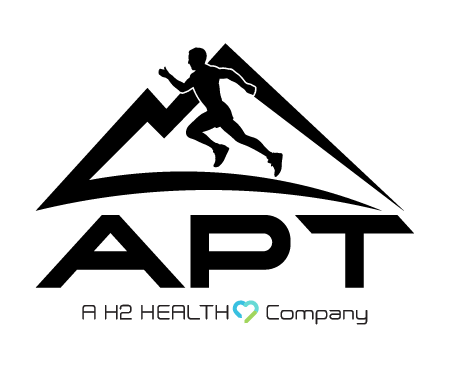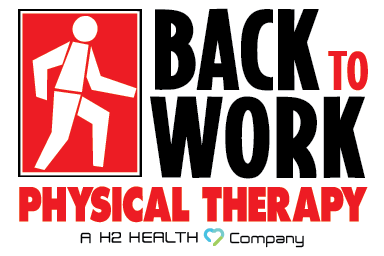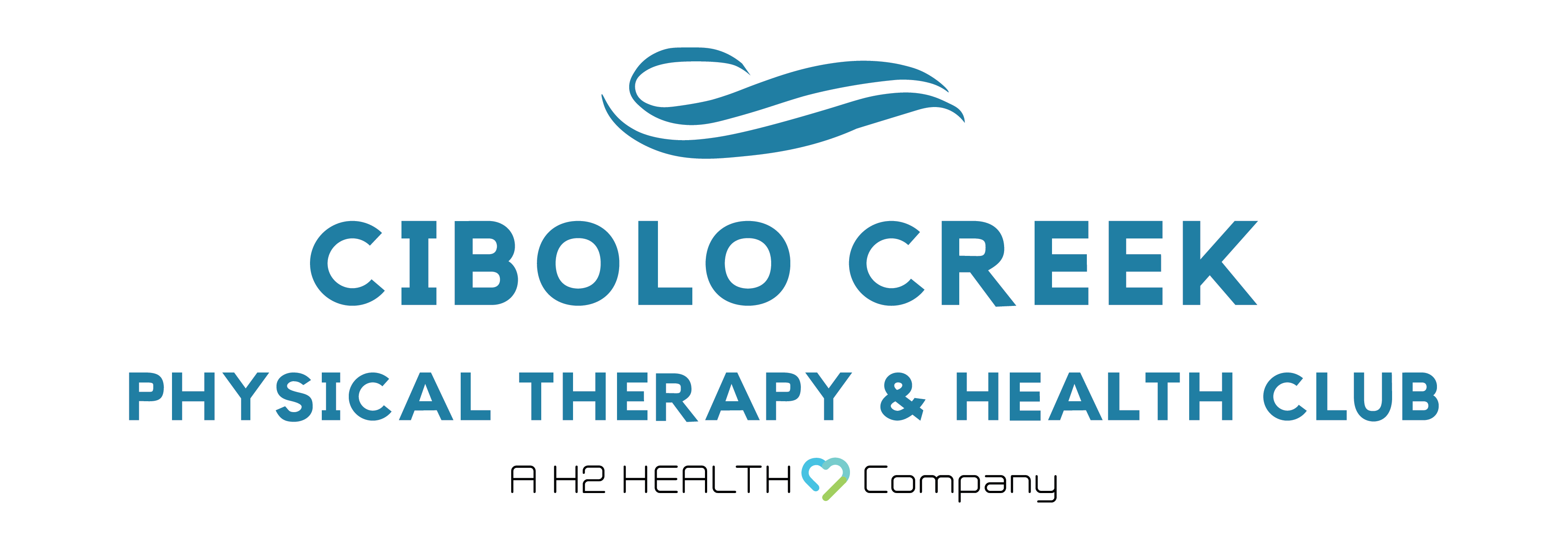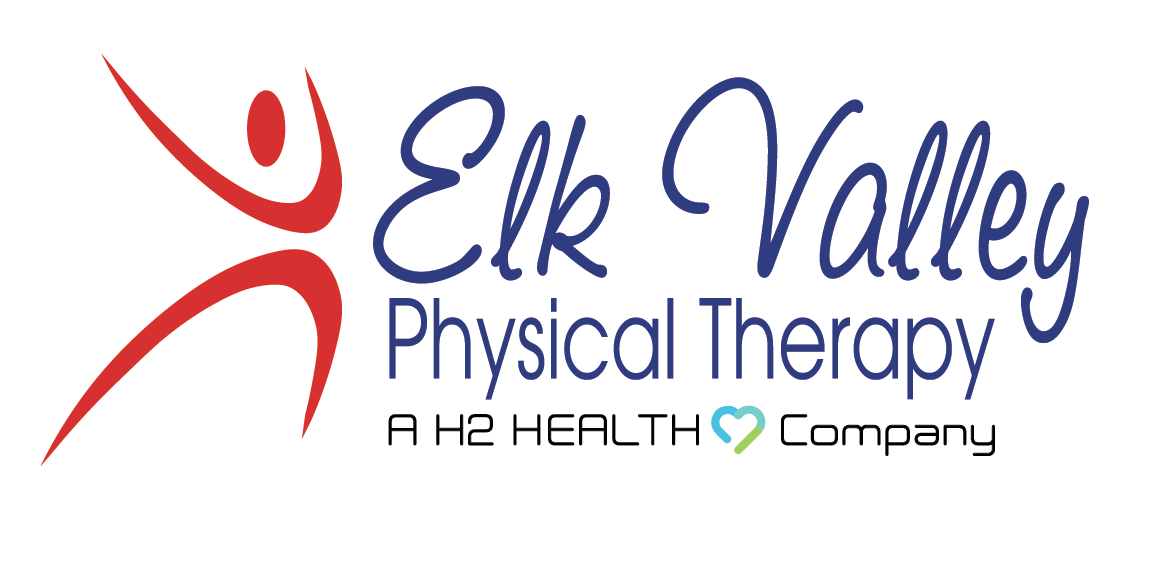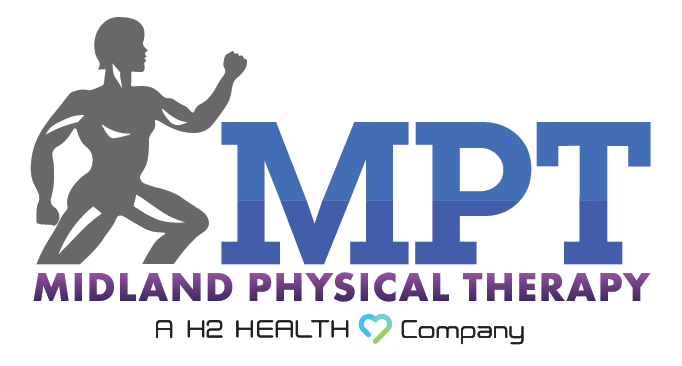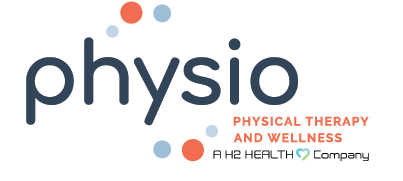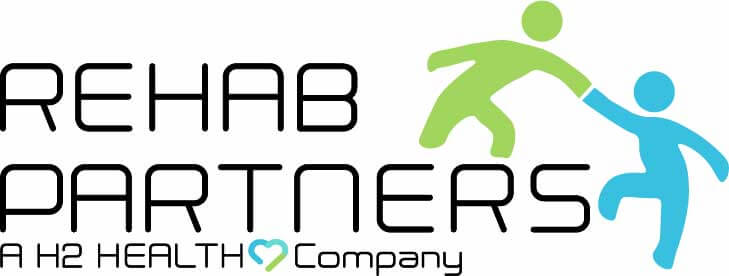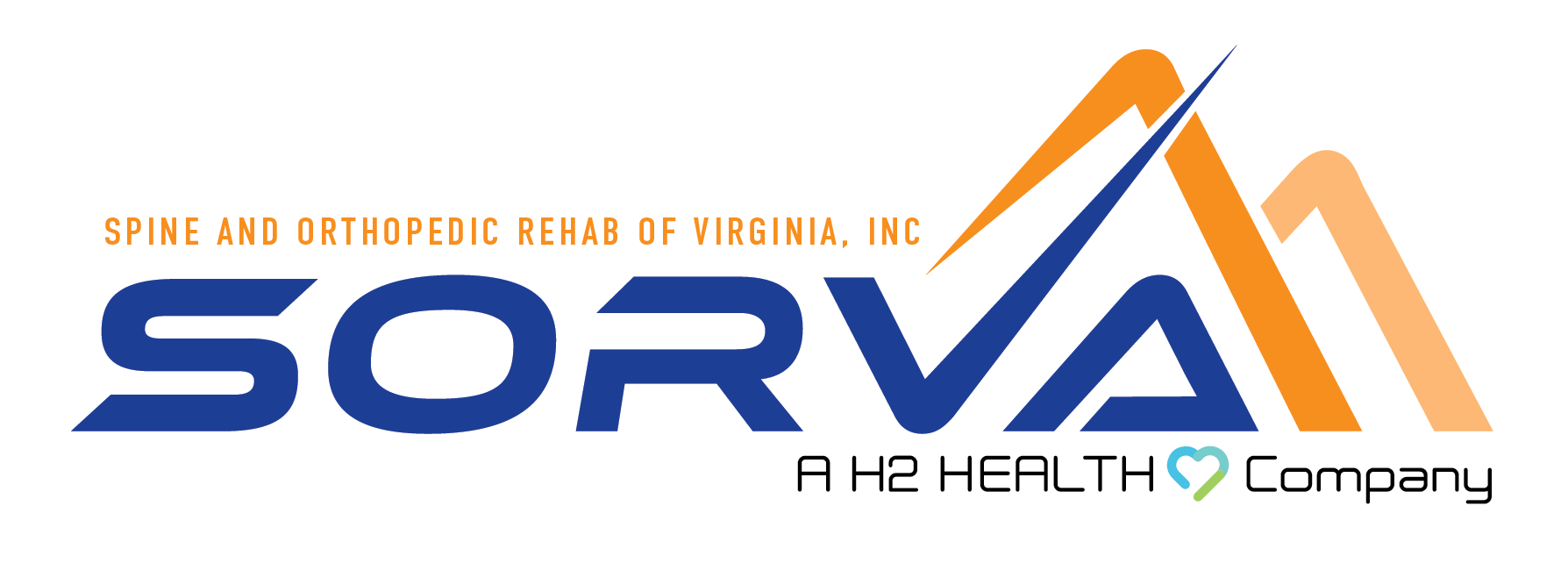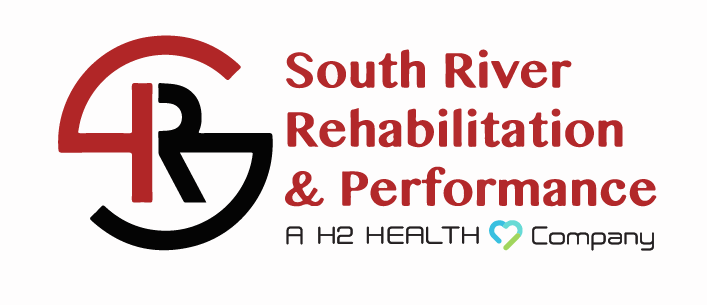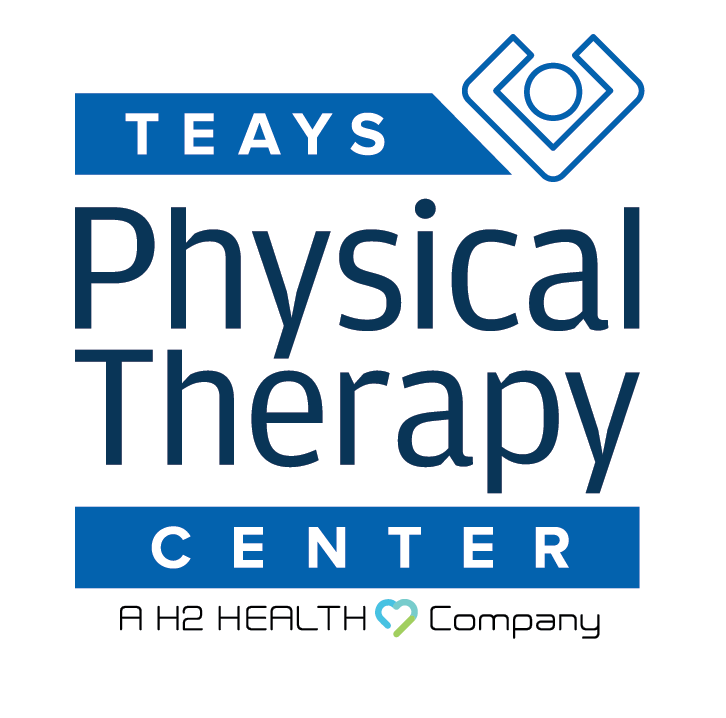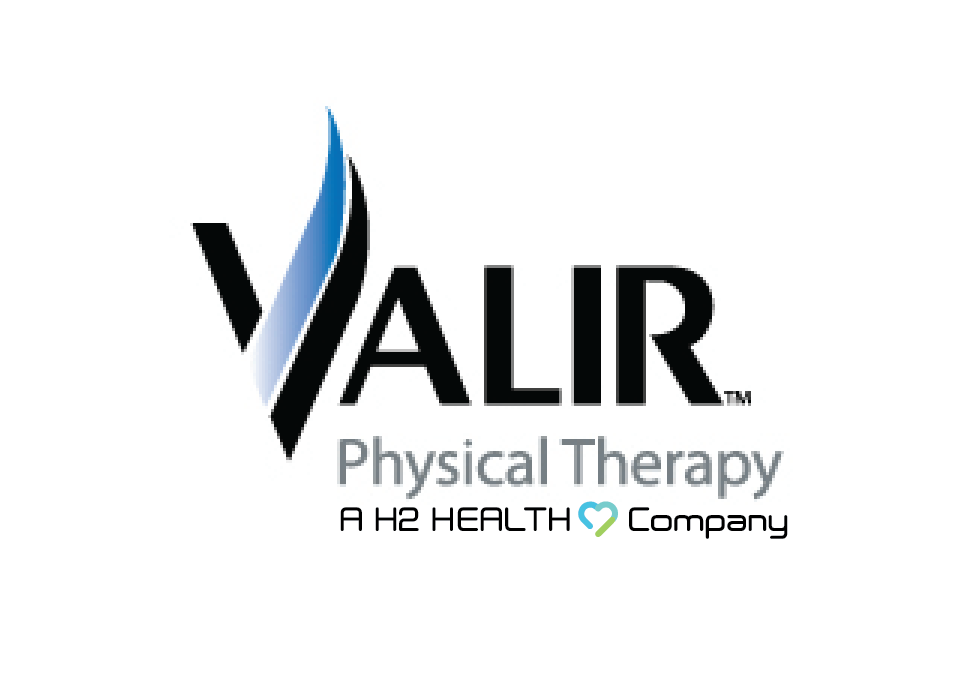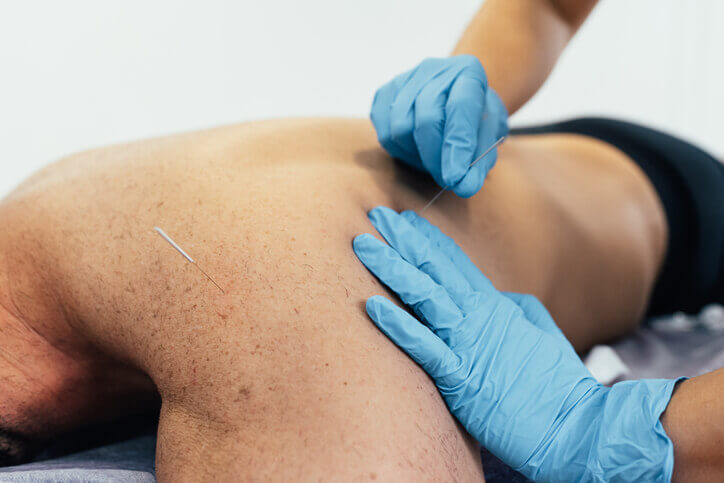
Dry needling is an in-office pain-relieving therapy. It helps people with a variety of musculoskeletal symptoms, including pain, limited range of motion and muscle spasticity. Distinct from acupuncture, dry needling is another effective tool that physical and occupational therapists use when rehabilitating chronically or acutely injured patients, including athletes.
How Dry Needling Works
Dry needling treats the sore, tight knots found in injured muscles or fascia (muscle connective tissue). Called filiform needles, these thin, metal needles contain no medication of any kind, which is why it is called “dry” needling.
During a dry needling procedure, your healthcare provider inserts the needles into hyper irritable areas of skeletal muscle and the thin fascia which covers it. A series of thin needles are inserted at points of pain and tension. They are left in place for a predetermined amount of time and then slowly removed. People often experience a muscular twitch response and may feel some soreness afterwards.
Dry needling increases blood supply and the delivery of the body’s own healing factors to the injured areas. Occupational and physical therapists report that dry needling extends the effectiveness of hands-on therapies they use. Patients report increased flexibility, reduced pain, and less inflammation.
Occupational therapists may recommend dry needling for those with acute injuries or ongoing chronic conditions. When these patients receive dry needling, it can help reduce chronic pain and muscle spasticity. This helps individuals while they are working to regain muscle control and strength.
PT and OT practitioners do dry needling treatments onsite in their clinics. Usually, patients undergo a series of treatments while acutely injured and then maintenance dry needling sessions as needed.
Who Can Qualify for Dry Needling Treatments?
Many people can qualify for dry needling treatments–kids, teens, adults and seniors. Athletes, in particular, canbenefit from dry needling. It facilitates quicker recovery from acute and repetitive motion injuries, such as tennis elbow.
When you come to H2 Health to explore what dry needling can do for you, you will review your symptoms and medical history with your therapist. You’ll undergo a physical exam, a functional capacity evaluation, and discuss the functional goals you would like to achieve.
How Dry Needling Can Be Included in Physical and Occupational Therapy Care Plans
As part of a comprehensive PT or OT care plan, dry needling can be used for several musculoskeletal and neurological issues, including:
- Shoulder and arm pain
- Knee and hip pain
- Foot and ankle pain
- Neck and lower back pain
- Post-operative pain
- Iliotibial band syndrome, common in runners
- Acute and chronic tendonitis
- Plantar fasciitis
- Inflammation and soreness across the arch of the foot
- Rotator cuff injuries in the shoulder
- Phantom limb pain after amputation
- Neuralgia or pain related to nerve damage
- Migraines and tension headaches
Occupational Therapy in Roanoke, VA
If you want to restore function, relieve pain and restore skills diminished by acute injury, repetitive motion, trauma, surgery and more, dry needling can help you achieve those goals. At H2 Health, we are passionate about using the most effective treatments to help people live their best lives.
We have two locations for occupational therapy in Roanoke, VA, so call the location nearest you to learn more about dry needling and our other health-related services. Additionally, you can request your personalized consultation by filling out our appointment request form. We look forward to serving you!
